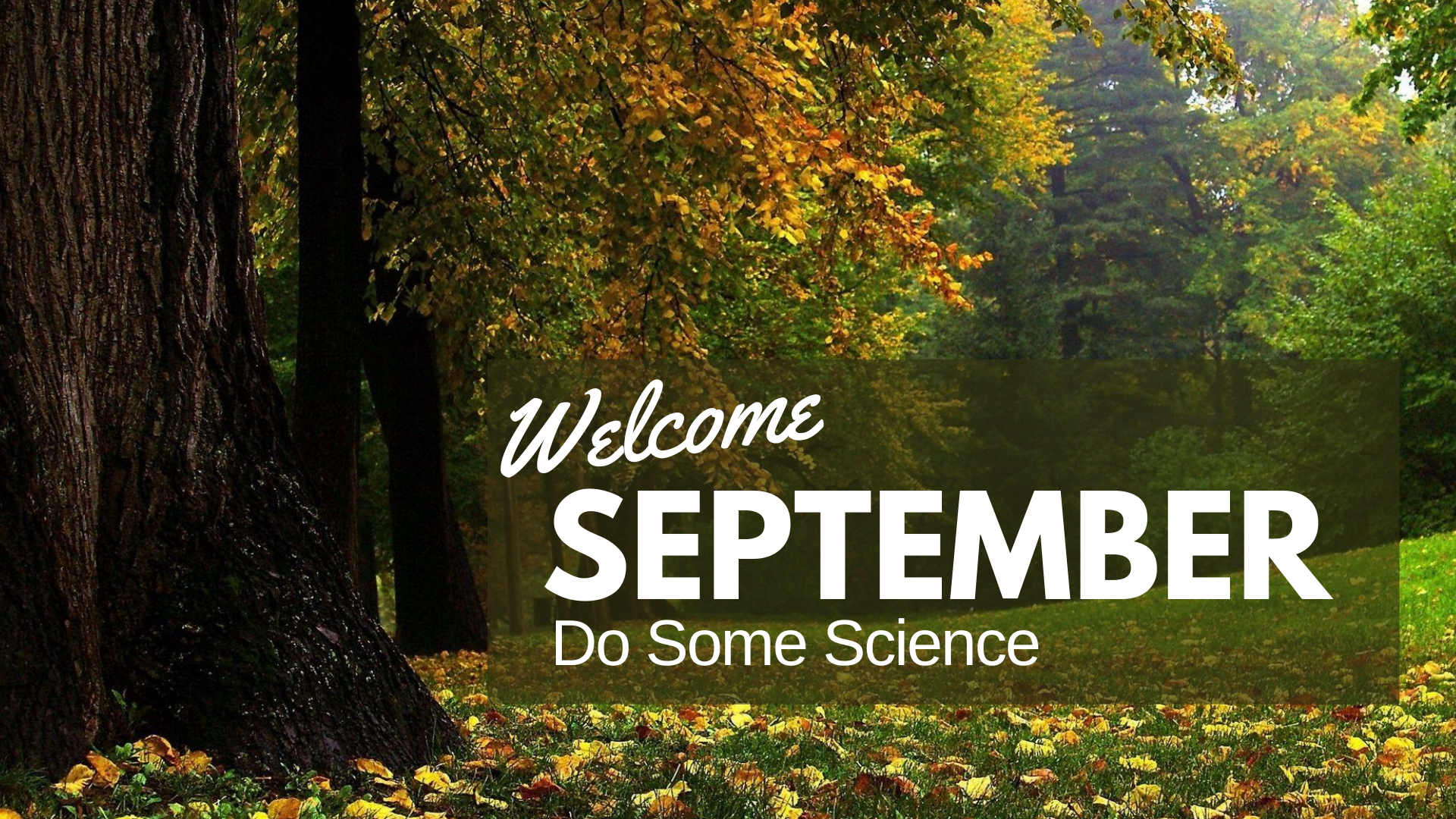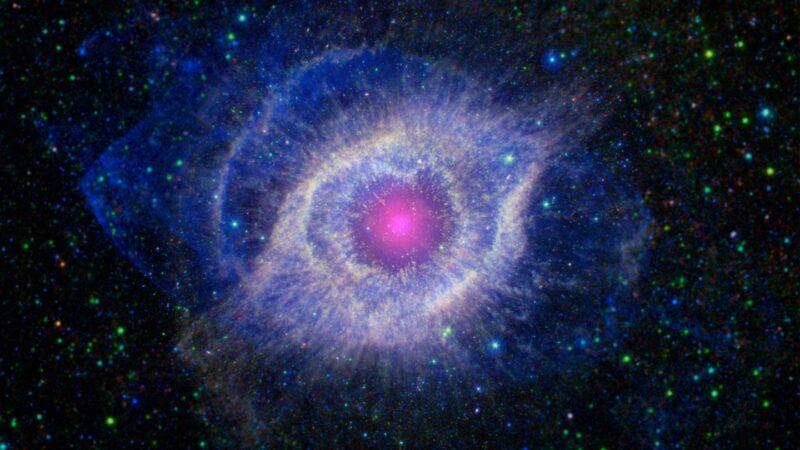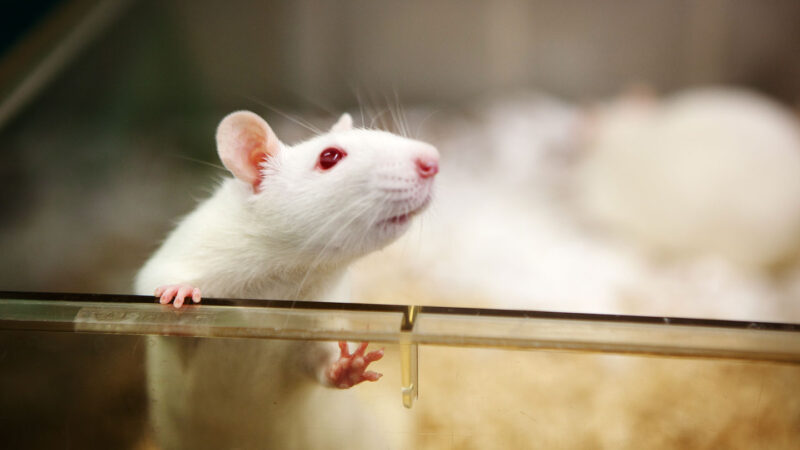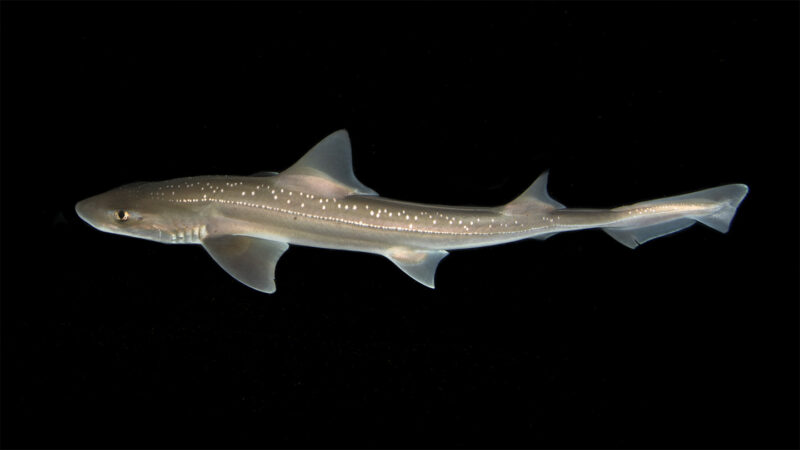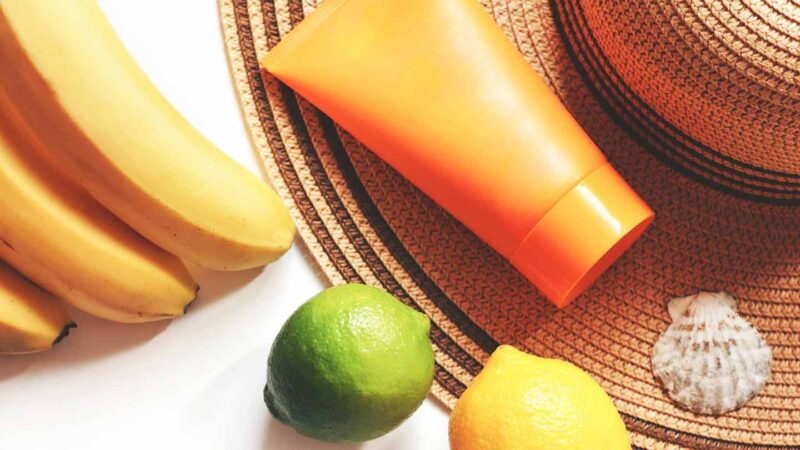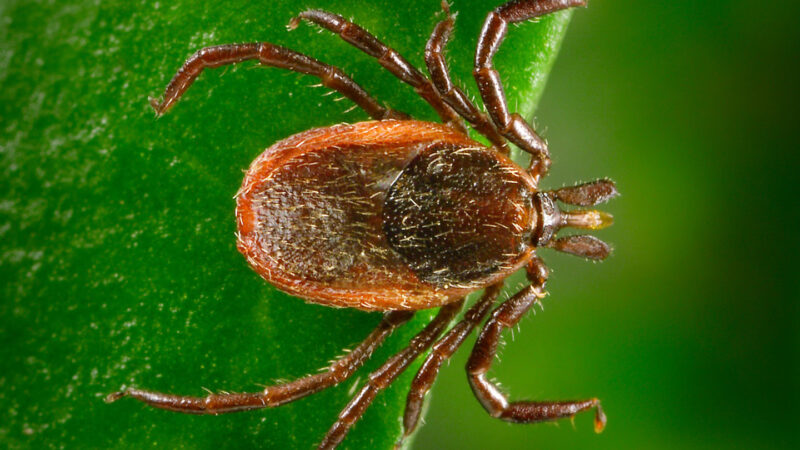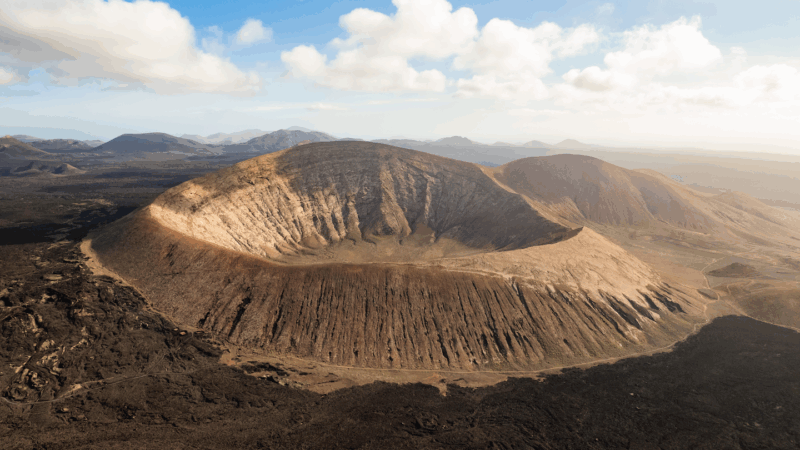September 2020 is here and with it come lots of opportunities to Do Some Science! In addition to the Equinox, September is also home to an asteroid flyby, Pollution Prevention Week, and International Observe the Moon Night. Take a look at what September 2020 brings for the science lover in you.
September 1: Protect Your Groundwater Day
September 1: The last known Passenger Pigeon, Martha, died in the Cincinnati Zoo on this day in 1914.
September 1: Asteroid 2011 ES4 will make a close flyby of Earth, passing by at a safe distance of 0.0005 AU (46,000 miles).
September 2: Full Harvest Moon (also known as the Full Corn Moon)
September 4: Engineer and inventor Lewis H. Latimer was born on this day in 1948. In addition to drafting the patent drawings for Bell’s application for the telephone, he also contributed to the development of electric lamp and invented a variety of innovative items.
September 6: British physicist John Dalton was born on this day in 1766. He is credited with developing the atomic theory of matter.
September 9: Ming Ming, the first documented panda cub to be born in captivity, arrived at the Beijing Zoo in China on this day in 1963.
September 9: American computer scientist Dennis Ritchie was born on this day in 1941. He created the C programming language and the Unix operating system.
September 10: Geneticist Alec Jeffreys discovered DNA fingerprinting on this day in 1984.
September 11: Neptune at Opposition (great time to view the planet)
September 12: Irene Joliot-Curie was born on this day in 1897. She won the Nobel Prize in Chemistry in 1935 for the synthesis of new radioactive elements.
September 12: American engineer and physician Mae Jemison became the first African American woman to travel into space (STS-47) on this day in 1992.
September 12: On this day in 2013, scientists confirmed that Voyager 1, launched in 1977, had crossed into interstellar space.
September 13: National Peanut Day
September 16: International Day for the Preservation of the Ozone Layer
September 16: Collect Rocks Day
September 17: In 1918, Elmer Sperry received a patent (Patent Number 1,279,471) for the gyrocompass, essential to modern ship navigation.
September 17: Dutch scientist Antonie Philips van Leeuwenhoek presents his findings on microscopic organisms to Britain’s Royal Society.
September 20: Wallace Carothers granted a patent (Patent Number 2,130,948) for “synthetic fiber” (nylon) in 1938.
September 21: French physicist and inventor Louis Paul Cailletet was born on this day in 1832. He is credited with being the first person to liquefy oxygen, hydrogen, nitrogen, and air.
September 21-27: Pollution Prevention Week
September 22: National Elephant Appreciation Day
September 22: British physicist and chemist Michael Faraday was born on this day in 1791. He is best known for his discoveries of electromagnetic induction and the laws of electrolysis. In addition to these contributions he is also credited with the invention of the electric motor.
September 22: Autumnal (September) Equinox
September 24: Jules Henri Giffard demonstrates the first dirigible or airship in 1852.
September 25: French engineer and mechanic Nicolas J. Cugnot was born on this day in 1725. He is credited with inventing the first self-propelled road vehicle; the precursor to the automobile.
September 26: International Observe the Moon Night
September 26: International Rabbit Day
September 26: Johnny Appleseed Day
September 26: National Public Lands Day
September 27: Anacleto Montero Sanchez received a patent for a hypodermic syringe on this day in 1977.
September 29: World Heart Day
September 29: Italian (later naturalized American) physicist Enrico Fermi was born on this day in 1901. He is consider to be one of the chief architects of the nuclear age.
September 30: Hoover Dam was dedicated on this day in 1935.

